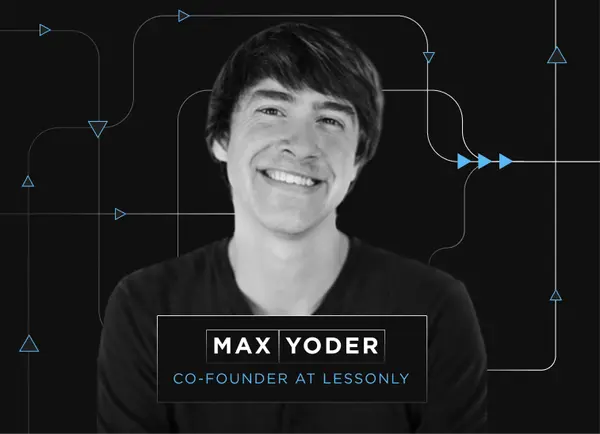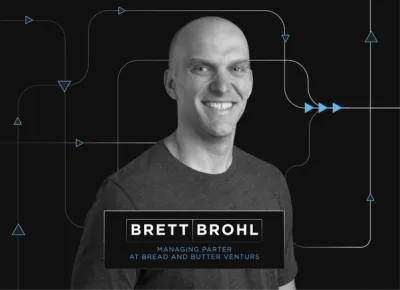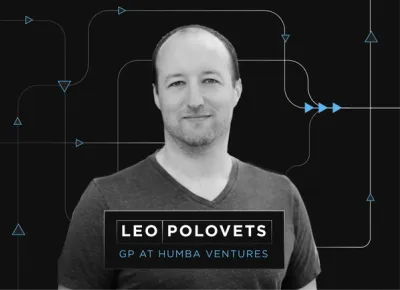
Last week, we wrote about the parallels between a traditional sales & marketing process to a fundraising process. This week we’ll take a look at going from prospecting potential investors to attracting potential investors and moving them through your “investor funnel”. In its simplest form, a traditional sales & marketing process can be broken into 3 steps:
- Attracting and adding qualified leads to your top of the funnel on a regular basis.
- Nurturing and moving the leads from through the funnel with the goal of closing them as a customer.
- Servicing customers and creating a great experience until they become evangelist or promoters.
You can easily translate the 3 steps into a similar system for fundraising:
Filling the Funnel
Unfortunately, qualified investors don’t automatically appear at the top of your funnel on a daily basis. On top of building a great business that investors will want to invest in you’ve got to make sure you’re doing everything in your power to pull investors into your funnel.
Networking and email campaigns are key when it comes to filling the top of your investor funnel. Don’t be afraid to email or meet with an investor even if you’re not actively fundraising. Share your big-wins, losses, key metrics, etc. with your list of prospective investors to build trust and a long-term relationship.
Jason Lemkin of SaaStr suggest making a “new VC quota” a part of your day-to-day job; “Meet that junior VC, that out-of-towner… Take that meeting with the guy that’s ‘a big fan’ if that’s your best investor meeting idea for the week, even if you know he doesn’t really understand what you do. It’s a quota. Take the best prospect you have, and either work that deal … or spend the hour prospecting to get another deal, another VC “.
Nurturing & Moving Through the Funnel
While you may not be actively trying to close new investors and add capital you should constantly be working the top of your funnel. Business plans change, investor interest wanes, and a slew of “maybes” and “no’s” will land in your inbox at crunch time. Meeting with investors only when you need capital likely won’t do the job. Staying fresh on the mind of potential investors 365 days a year using traditional marketing tactics (email drips, common networks, social media, PR, etc.) will pay dividends when its time to pull the string on a new round of capital.
Set up a “drip campaign” to share updates with your potential investors on a monthly basis. We have found it best to send out a short update on the state of the business and industry. Share a promising metric or two showing strong growth in the business and any significant wins/improvements.
Current Investors
All new fundraising roads will lead to your existing investors and relationships. Customer success is key to maintaining a strong relationship with customers once they reach the bottom the funnel. The same can be said for your investor funnel.
As Jason Lemkin puts it, “If your existing investors, even if they are angels, small VCs, whatever … don’t give you a 100.0000% positive reference … you may be dead in the next round. If I call up your existing angel investor, and she pauses when I ask what she thinks of you and the company … as a prospective investor for the next round, I’m probably out. Done”.
So how do you make sure your investors are cheering for you? Just how you would service a customer to turn them into a promoter or evangelist:
- Invest in Investor Updates – Build a cadence and keep updates succinct as well as comparable. Consistent communication builds trust and keeps you on top of mind for your investors.
- Transparency & Candor – While driving an internal culture of candor results in better decisions, execution and output, the same can be said when communicating with your external stakeholders. At the end of the day, your investors have been in the same situation and are there to help you through “the struggle” or better yet, help you get to the next stage in your business.
- Respect their Time – Your goal should be to give your investors the ability to make the largest impact on your business with the least amount of exertion. When you are seeking advice or introductions, be specific.
Find new investors and manage your fundraising with Visible Connect:





